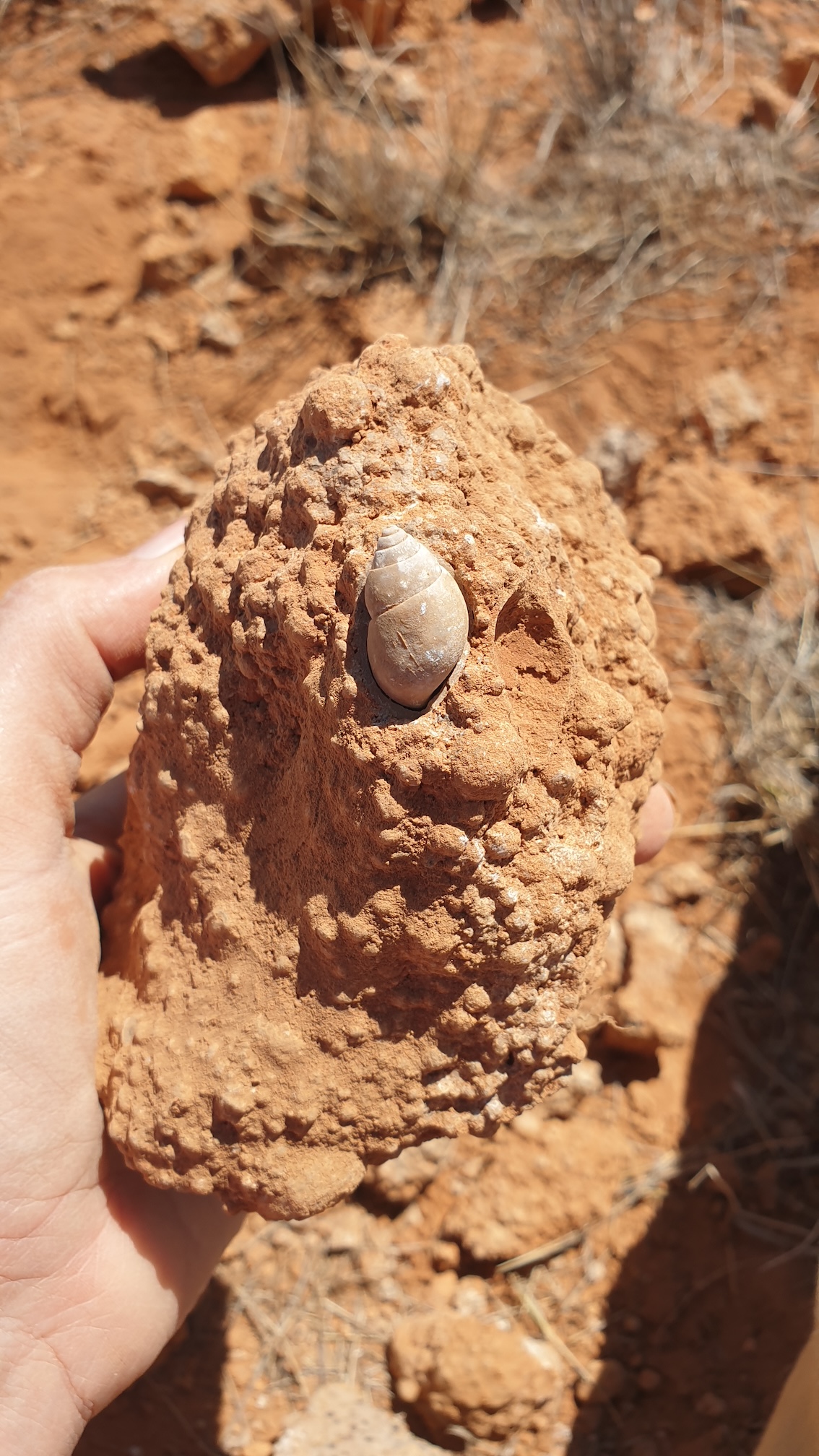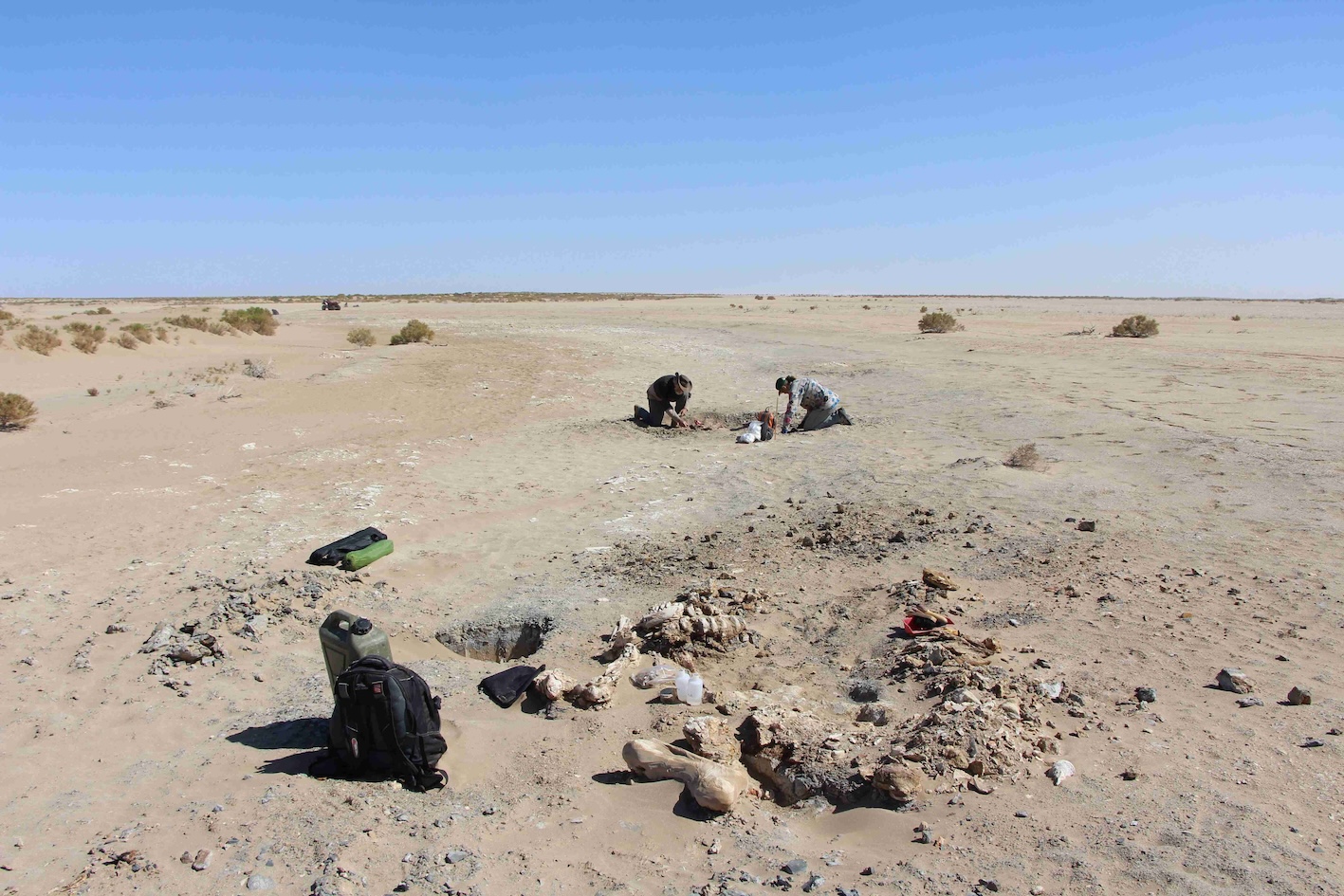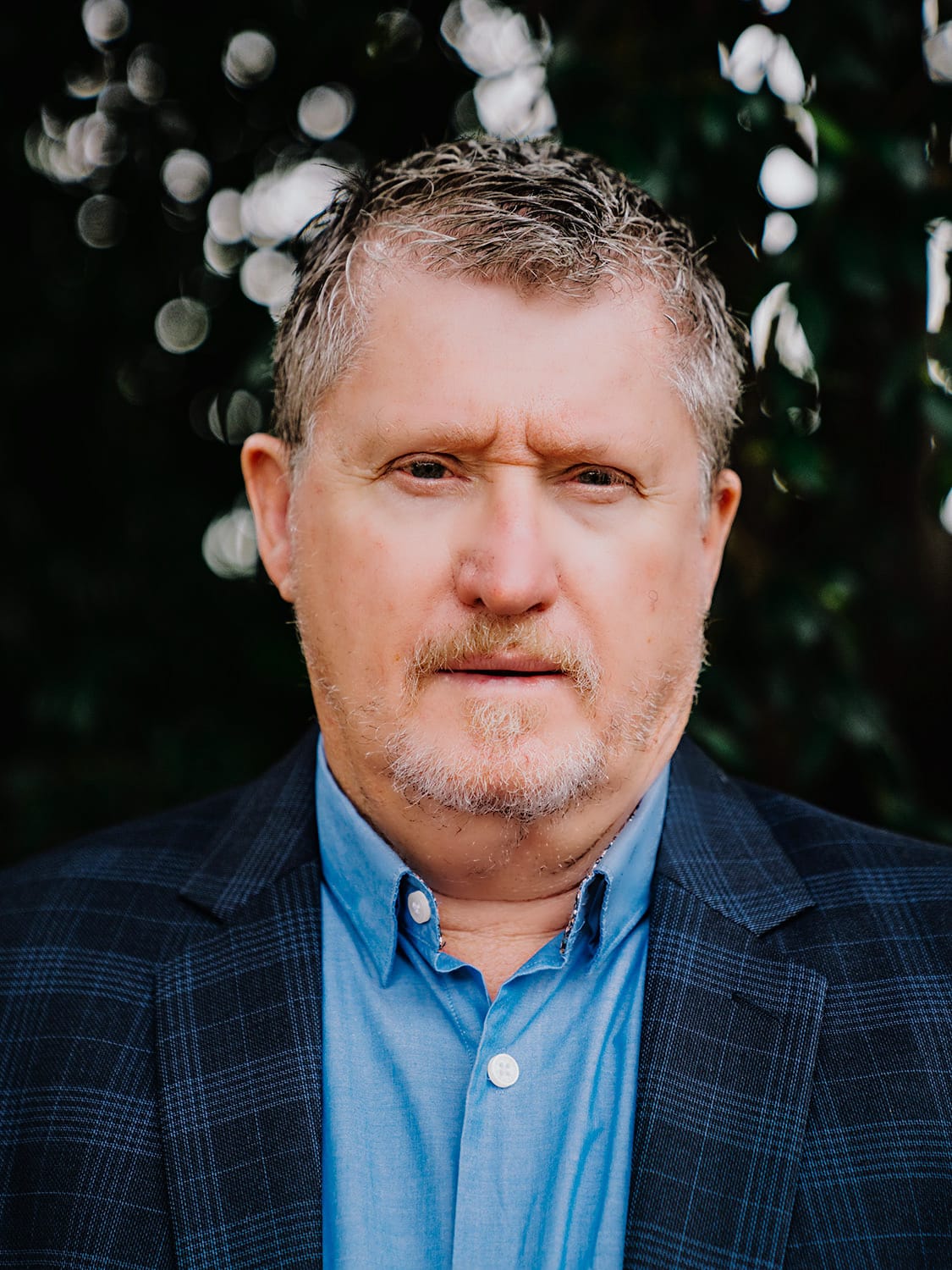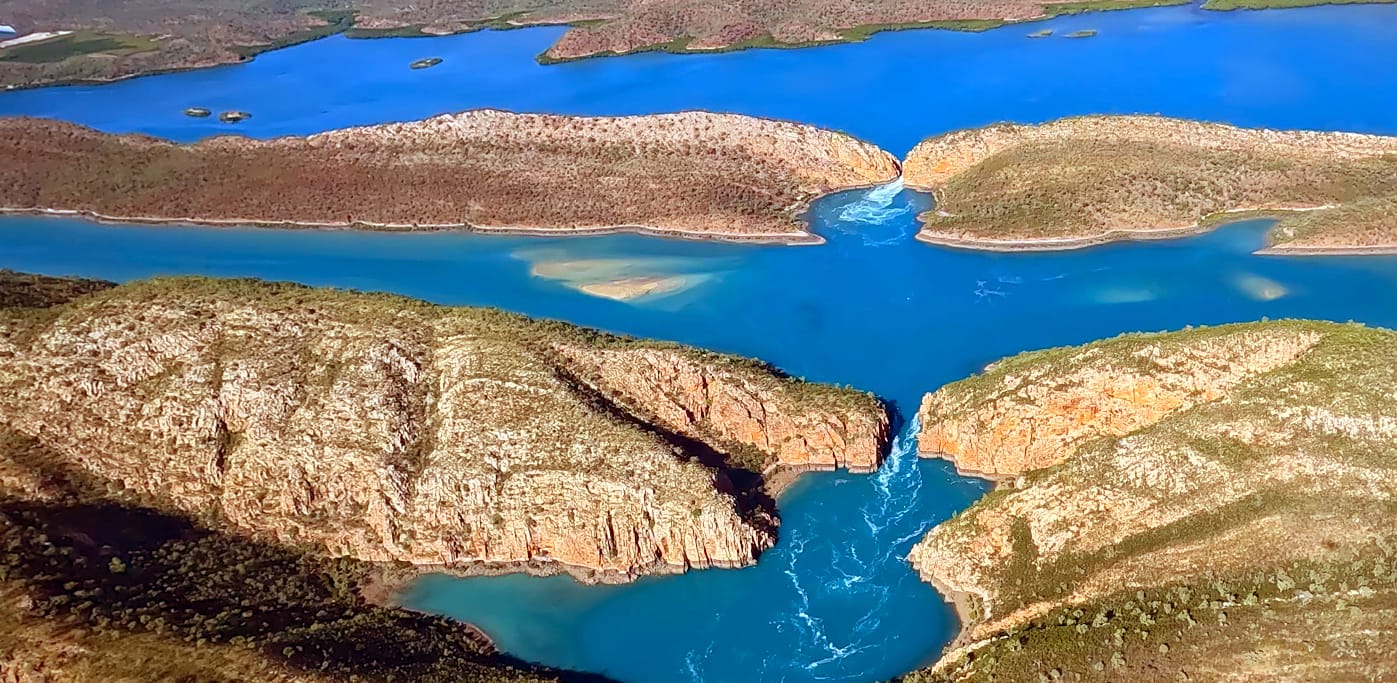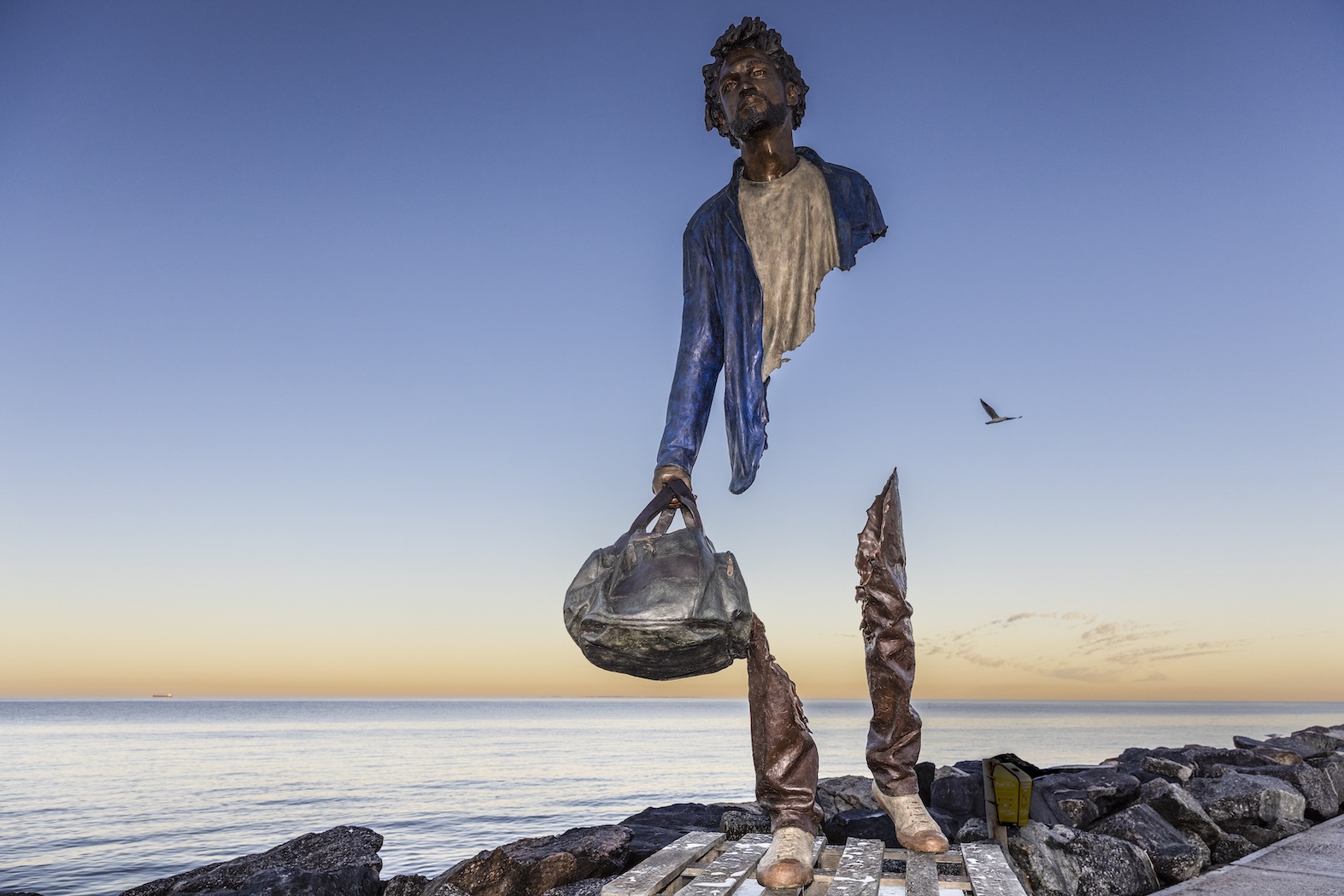IT seems a world away from the city but Save the Children (STC) Australia state manager Juan Fernando Larranaga was off to the Kimberley at the start of a busy year for the organisation. Established in 1919, Save the Children has a long and illustrious history of helping achieve change in disadvantaged childrens’ lives.
“Our big focus is on working with the most vulnerable and disadvantaged communities in WA, equipping children and helping them engage meaningfully with quality education,” Mr Larranaga says at the STC’s West Perth headquarters.
More than 110 people work for the organisation across WA, including 17 in Perth and there are about 700 volunteers. The STC has branches in Armadale, Gosnells, Newman, Dampier Peninsula and Kununurra.
The main aim of STC is to work with children and young people, Aboriginal communities, refugees and recently settled migrants but sometimes the general public is unaware of what it does.
To enable Save the Children to provide quality programs in WA, it relies on both government and non-government funding through grants, corporate support, trusts and foundations, op shops, book sales, fundraising activities and general donations.
“Save the Children in WA works with disadvantaged children, preparing them and supporting their transition to school,” Mr Larranaga said. “We support the family, helping solve any problems that might arise. We also work with the community to help them understand and support these families and their children.”
Mr Larranaga, who has headed the STC in WA for the past 10 years, visits the Kimberley every few months. He said the organisation aims to provide families with the right support at the right time.
“The more we can understand these communities the better we are in finding solutions provided by the community itself.”
Because of its isolation and high proportion of complex and troubled communities with a desperate lack of services, the Kimberley had the biggest need. The Australian Early Development Census that measures a child’s readiness for school estimates 50 per cent of children surveyed in the Kimberley were vulnerable in two or more domains compared with 10 per cent of children in the mainstream.
“These kids have a high likelihood that the system will fail them which means they enter into a cycle of welfare dependency, poor health outcomes and premature death or incarceration.”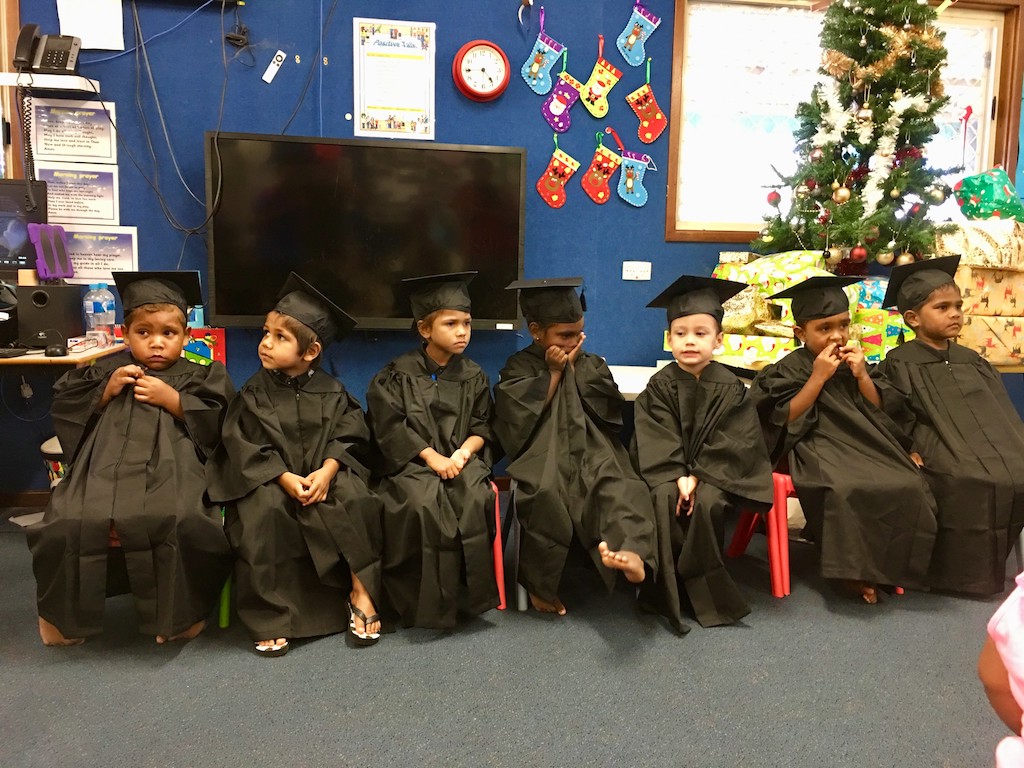
Mr Larranaga said it was pleasing 80 per cent of STC staff in the Kimberley were Aboriginal which meant they understood their community, the need to strengthen the workforce, maintain sustainability and support community-led solutions.
“I travel there to meet local partners and staff, visit programs and understand the level of support the region needs.”
Covering 2.6 million square miles of WA might seem daunting but the STC has become quite sophisticated in using evidence of what works, how it works with the community and community-led approaches. It also works with state and federal governments to help understand and address various issues.
Volunteers play a key role in STC work, from university students – who want experience across the sector – to retirees who want to give back, their interests tailored to a specific program to showcase their specialist skills.
“We are well known to government in what we do, but our profile with the general public could be stronger; we are really quiet achievers,” Mr Larranaga said. “People who contribute have the opportunity to visit and see for themselves what a difference their contribution is making to the lives of children in the WA community.”
For more information, please visit savethechildrenkununurra.tumbler.com or savethechildrenwablog.wordpress.com




